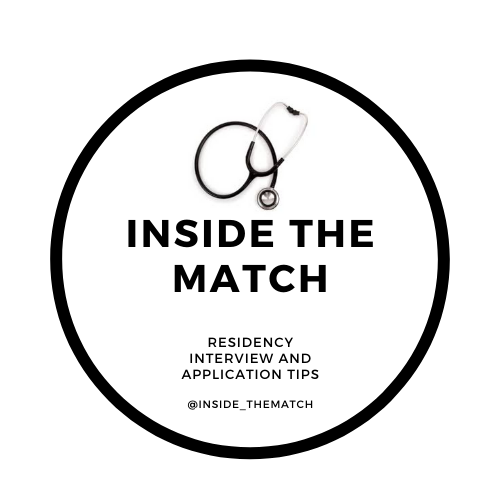Tips to Make a Research Poster
Written by Sara Kurtevski, MD
1. Research posters are an interactive way to formally communicate your research work. They are a great way to generate discussion, get constructive feedback, and ultimately help get your work published in the long run. The interaction that occurs between the presenter of the poster and the reader, is probably one of the most unique aspects of this type of research presentation. As a result, a research poster requires a balance between the visual appearance and a clear display of the research information. As you begin to draft your poster, there are three main questions to consider:
What is the most important takeaway point?
How do I make my research visually friendly and understandable?
What information should be in the poster and what can I convey during my talk/interaction that will complement the poster?
2. Let’s go over the poster sections. Some posters may include additional optional sections so defer to the requirements of the conference. Each of these sections should include only a few bullet points. Try to avoid being wordy and excessive amounts of text.
Introduction
Objectives
Hypothesis and Results
Discussion
Credits
3. Whoever is reading your poster should be able to understand the main ideas. As you are filling in the poster sections ask yourself:
Why is this work being conducted?
What is the main question you are trying to answer?
What is the prediction and what are the results?
What is the takeaway message and how will this be applied in future work or real life?
What were some flaws or improvements you could make?
By answering those questions, it will be easier to concisely summarize your work and ensure that information is transmitted. You can verbalize more details if asked while standing by the poster, so not everything needs to be written out.
4. Let’s go over one of the most important aspects of the poster: the design and the data display. A few simple rules are:
Stick to neutral colors
Use a consistent, clean, and clear layout
Font size should be readable from 5-10 feet away
Graphs/tables should include appropriate labels and be easy to understand
Only display data that is most relevant and supports your conclusion
5. Several tools can be used to make your poster and design table so spend some time familiarizing yourself with them. Do not be afraid to ask for help with this part! Not everyone is a tech wizard so ask for help.
6 Once your poster draft is complete, get some feedback before you print it. Feedback should be obtained ideally from someone who is not as familiar with the research. This is a great way to test if the information is communicated clearly.
7. For some additional information and a video about how to present a poster check out this website: https://libguides.muw.edu/researchposter#s-lg-box-19540150

